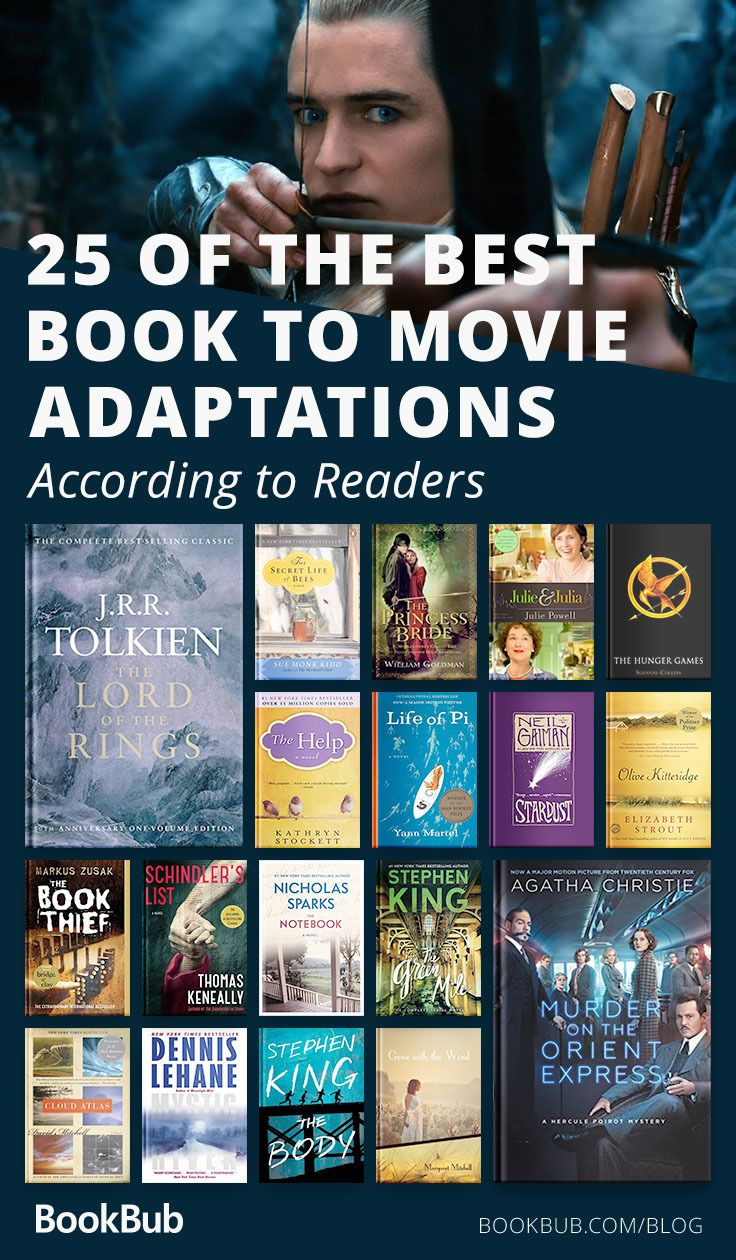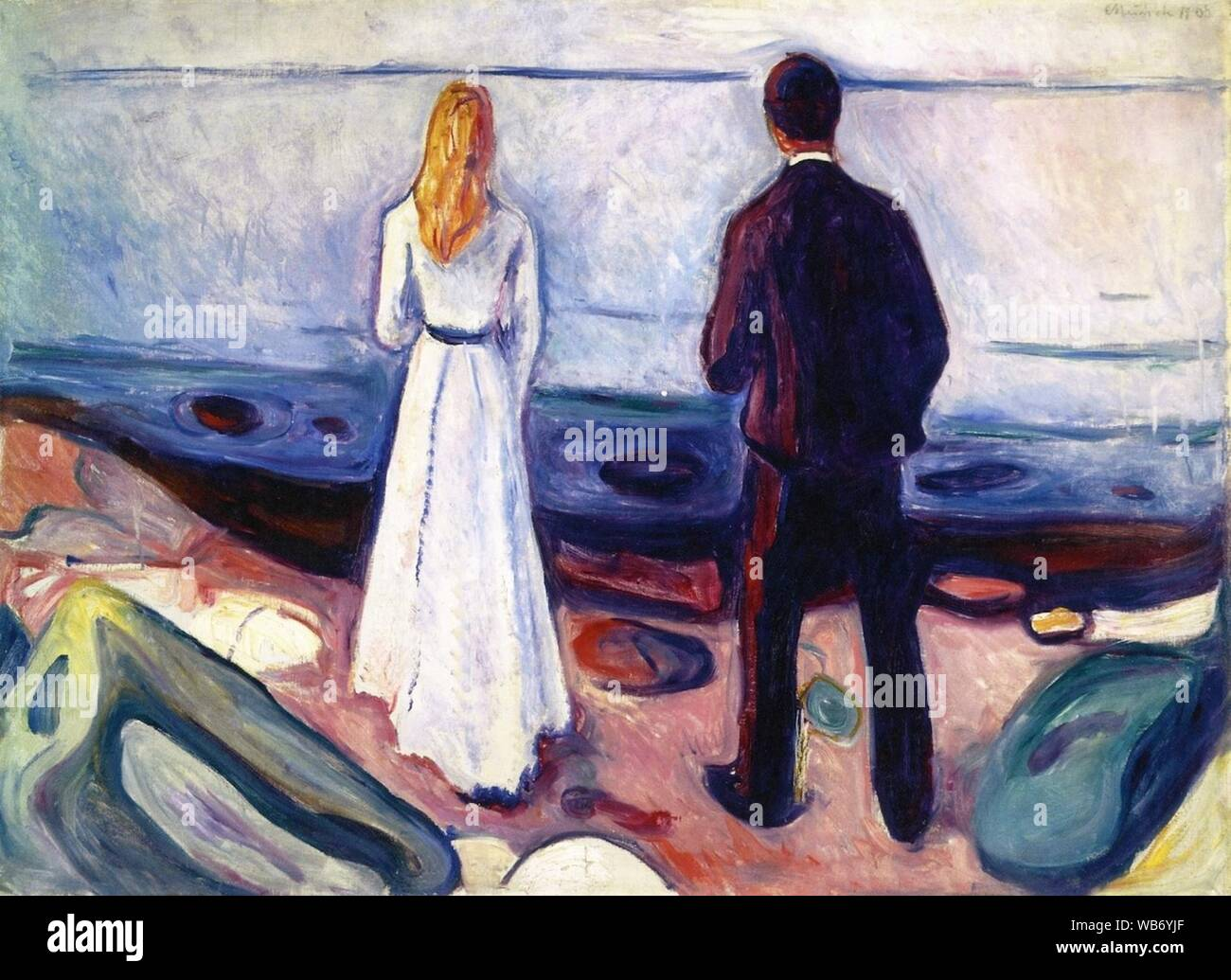
Book Adaptations: Must-See Films Over Page-Turners
Book adaptations have long been a captivating topic in the realm of film and literature, often sparking spirited debates about whether the original text can truly be outdone on the silver screen. As Oscar season approaches, with numerous Best Picture nominees like “Conclave” and “Nickel Boys” drawing inspiration from acclaimed novels, the allure of cinematic storytelling remains strong. Many audiences find themselves eager to experience beloved characters and narratives brought to life, marking a shift in perception that not all adaptations are doomed to fail. From classic book adaptations to more contemporary interpretations, filmmakers have the opportunity to enhance or reinterpret the source material in thrilling ways. The magic of movies based on books lies in their ability to see familiar tales through a fresh lens, reminding us that sometimes, the movie can indeed be better than the book, especially in the case of Oscar-nominated adaptations that capture the hearts of both critics and audiences alike.
Exploring the world of literary adaptations reveals fascinating dimensions in how stories transition from page to screen. Film reinterpretations of novels not only breathe new life into well-known narratives but also offer an alternative experience for audiences. These visual reimaginings can sometimes enhance the narrative depth, particularly in classic stories that resonate across generations. As viewers embrace adaptations of their favorite reads, whether they come from suspenseful thrillers or heartwarming tales, they discover unique interpretations that underscore the art of storytelling in both literature and film. Ultimately, the conversation around adaptations, from the best book-to-movie translations to beloved cinematic classics, invites a deeper appreciation for the creative possibilities of merging text and visual art.
The Art of Book Adaptations: Transforming Pages to Screens
Book adaptations have become a cornerstone of modern cinema, often sparking lively debates among fans. While many argue that ‘the book was better,’ certain adaptations transcend their source material, offering new insights and perspectives that resonate with audiences. In fact, renowned adaptations such as ‘Misery’ and ‘American Psycho’ breathe fresh life into their respective narratives, tantalizing viewers with unique cinematic interpretations. These adaptations not only honor the original works but also explore deeper themes and character dynamics that might be overlooked in print.
Film adaptations, particularly those nominated for Oscars, demonstrate the complex interplay between literature and cinema. For instance, ‘L.A. Confidential’ captivates as much for its intricate storytelling as it does for its cinematic execution. This highlights how the best book-to-movie transformations require a thoughtful approach, ensuring that essential themes remain intact while enhancing the narrative through visual storytelling. By understanding the nuances of each medium, filmmakers can create adaptations that, in some cases, might be deemed better than the original literary works.
The Best Book to Movie Adaptations That Defined a Generation
Several highly acclaimed films draw inspiration from literature, elevating previously lesser-known stories into cultural phenomena. Among these, adaptations like ‘The Hoods’ into ‘Once Upon a Time in America’ showcase the artistry involved in translating written narratives into compelling visual experiences. The 1984 film not only retains the essence of the original novel but also enriches it through its groundbreaking cinematography and score, setting a high standard for future adaptations. Such success stories reveal the potential for book adaptations to become defining moments in cinematic history.
Oscar-nominated adaptations often represent the best of both worlds, where the interplay between literature and film produces relatable narratives. Titles like ‘A Complete Unknown’ reflect the evolving dynamics between filmmakers and writers, emphasizing the importance of preserving the story’s emotional core while exploring new dimensions. These adaptations open discussions on the merits of interpreting a story from different angles, allowing audiences to appreciate both the depth of the source material and the creative liberties taken in film.
Classic Book Adaptations That Have Stood the Test of Time
Classic literature frequently finds new life in contemporary film adaptations, bridging generational divides while introducing timeless narratives to fresh audiences. Richard Wright’s ‘Native Son’ and Ernest Hemingway’s ‘The Old Man and The Sea’ are powerful examples where classic themes of struggle and perseverance translate seamlessly onto the screen. The nuanced visual storytelling in these films captures the essence of the original works while examining the socio-cultural contexts in which they were created, proving that literature can still be relevant and impactful.
Furthermore, classic book adaptations are not merely exercises in nostalgia; they often generate renewed interest in the source material. For instance, adaptations of works by F. Scott Fitzgerald have ignited conversations around the themes of wealth and societal decay, making ‘The Great Gatsby’ a staple in both literary and cinematic discussions. These adaptations allow audiences to explore complex characters and narratives, merging historical context with modern sensibilities, thereby ensuring these classic tales continue to resonate.
Innovative Adaptations: When Filmmakers Take Risks
When it comes to film adaptations, taking creative risks can lead to remarkable outcomes. Adaptations that veer from the source material, such as Mary Harron’s interpretation of ‘American Psycho,’ breathe fresh air into otherwise polarizing narratives. By infusing humor into a dark novel, Harron challenged conventional interpretations of the text, allowing viewers to engage with the material in new ways. This kind of innovation is essential in film adaptations, as it demonstrates the ability to reinterpret stories through different lenses, keeping them relevant to current audiences.
Such adaptations draw attention to the fluid nature of storytelling where the film stands on its own merit, not merely as a translation of the book. By taking risks, filmmakers can invite audiences to experience familiar tales from unusual angles, enhancing the narrative depth. This innovation can elevate adaptations from simple transfers of story to unique artworks that provoke thought and discussion, highlighting the adaptability of literature across various media.
Academics Weigh In: Insights from Literature Scholars
Scholars and educators often explore the interplay between literature and film, providing valuable insights into the effectiveness of various adaptations. For instance, Harvard faculty have recommended films like ‘Misery’ and ‘L.A. Confidential’ as exemplary adaptations that both honor their source material while enriching the narrative. These insights emphasize that while certain cinematic techniques may omit details from the original text, they can still achieve a resonant emotional experience reflective of the author’s intent.
The discourse surrounding book adaptations also reveals a broader understanding of cultural context and audience reception. Educators recognize that adaptations often serve as entry points for new viewers—a way to bridge literature with cinema and spark interest in the original works. By closely analyzing these adaptations, scholars can delve into the thematic significance that films introduce, furthering the discussion on the impact of book-to-movie transitions in contemporary media.
The Role of Audience in Film Adaptations
Audience perception plays a significant role in how adaptations are reviewed and appreciated. Films such as ‘Smooth Talk,’ which adapted Joyce Carol Oates’ short story, illustrate the nuanced ways in which filmmakers can honor the source material while tailoring the narrative for a different medium. By focusing on the psychological complexity of the characters, the film shifts the audience’s expectations and allows for a more intimate connection with the story. This highlights the vital role that viewer experience plays in evaluating the success of a book adaptation.
Moreover, audiences bring their own interpretations and expectations to cinematic adaptations. How viewers resonate with the characters, themes, and visual storytelling ultimately shapes the legacy of the adaptation. The chatter around adaptations often extends beyond the film itself, influencing popular discourse and rekindling interest in the literary works that inspired them. As such, film adaptations serve not only as visual interpretations but as cultural conversations that redefine our understanding of literature.
Oscar-Nominated Adaptations: Best-in-Class Transformations
Oscar-nominated adaptations symbolize the pinnacle of cinematic achievement, showcasing the finest examples of storytelling derived from literature. Films like ‘Nickel Boys’ capture the spirit of the original narrative while effectively delivering poignant social commentary. These adaptations illustrate the filmmakers’ ability to balance fidelity to the source material with artistic interpretation, ultimately crafting narratives that resonate on multiple levels with audiences.
Achieving this balance is crucial for Oscar consideration as it reflects both the craftsmanship behind the adaptation and its broader impact on society. As such, drawing recognition for adaptations significantly encourages filmmakers to approach literary works with careful consideration, ensuring that they honor the integrity of the story while also evolving it for the screen. The intersection of literature and cinema showcased in these Oscar-nominated adaptations serves as a reminder of the power of storytelling across mediums.
The Future of Book to Movie Adaptations in Cinema
As the landscape of cinema evolves, the future of book to movie adaptations holds limitless possibilities for creative storytelling. With advancements in technology and a focus on diverse perspectives, filmmakers have the opportunity to present stories that resonate with a wider audience. As platforms for delivering content expand, fresh adaptations can explore lesser-known works, creating a resurgence of interest in diverse authors and stories that previously may have been overlooked.
The success of recent adaptations illustrates a growing trend where narratives are being retold with modern sensibilities, reflecting contemporary issues while honoring their literary roots. This shift highlights the adaptability of storytelling, bridging gaps between varied mediums and inviting new audiences into the fold. As we look towards the future, it is clear that book-to-movie adaptations will continue to evolve, captivating viewers with innovative interpretations and inspiring future generations of storytellers.
Frequently Asked Questions
What are some of the best book to movie adaptations?
Some of the best book to movie adaptations include classics like ‘Misery’ by Stephen King, ‘L.A. Confidential’ by James Ellroy, and ‘Where Are You Going, Where Have You Been?’ by Joyce Carol Oates. These films not only stay true to the source material but also bring unique perspectives that enhance the original narrative.
Why do people say “the book was better” about film adaptations?
Many people believe “the book was better” because film adaptations often condense plots, omit character development, or alter themes, leading to a loss of depth found in the original books. This common sentiment highlights one of the challenges in translating literature to screen, where subtleties and nuances can be difficult to convey.
What are Oscar-nominated adaptations based on books that received critical acclaim?
Oscar-nominated adaptations based on books that received critical acclaim include films like ‘Conclave’, ‘Nickel Boys’, and ‘A Complete Unknown’. These adaptations not only showcase strong storytelling but also reflect the literary quality of their source materials, making them notable entries during awards season.
How do classic book adaptations compare to their original novels?
Classic book adaptations often differ from their original novels in tone and detail. While they may successfully portray the core themes and characters, adaptations like ‘American Psycho’ and ‘Once Upon a Time in America’ reinvent elements to fit cinematic storytelling, sometimes resulting in a richer viewing experience.
What defines a successful film adaptation of a book?
A successful film adaptation of a book typically captures the essence of the original narrative while making necessary adjustments for the screen. It should maintain character integrity, evoke the original themes, and engage audiences in a way that complements the source material, as seen in adaptations like ‘L.A. Confidential’.
Are there any adaptations that improved upon the original book?
Yes, some adaptations are credited with improving upon the original book by adding depth or perspective that the book lacked. For example, Mary Harron’s film version of ‘American Psycho’ infused humor and vibrancy that transformed Bret Easton Ellis’s work into an engaging cinematic experience, demonstrating that adaptations can enhance narrative effectiveness.
What should viewers look for in movies based on books?
Viewers should look for how well the movie communicates the themes, character development, and emotional resonance of the original book. The best movies based on books often bring new insights while respecting the source material, encouraging a fresh appreciation for both formats.
Why do filmmakers adapt books into movies?
Filmmakers adapt books into movies to bring popular stories to wider audiences, tapping into the established fan base of the original novels. Additionally, books often provide rich narratives and well-developed characters that can translate into compelling visual storytelling, making them attractive sources for film adaptations.
What are the challenges of adapting a book into a movie?
Challenges of adapting a book into a movie include condensing lengthy plots, retaining essential themes, and conveying character depth within a limited runtime. Balancing these elements while ensuring the final product resonates with both fans of the book and new viewers is crucial for a successful adaptation.
| Title | Author | Key Points | Adaptation Insights |
|---|---|---|---|
| Misery | Stephen King | A horror novel about a writer held captive by his fan. Examines fame and the writing process. | The film stays faithful but loses deeper insights about writing. |
| L.A. Confidential | James Ellroy | Set in 1950s LA, this crime novel explores systemic corruption and character depth. | The adaptation effectively edits the plot while preserving character essence. |
| Jack Reacher Series | Lee Child | Focuses on an ex-military cop. The series combines action with character exploration. | The films showcase melodrama and action with significant adaptations of themes. |
| The Hoods | Harry Grey | A semi-autobiographical tale of Jewish gangsters during Prohibition. | The adaptation enhances the narrative through visual and musical storytelling. |
| American Psycho | Bret Easton Ellis | Explores the hollow lifestyle of a wealthy New Yorker through dark humor. | The film effectively reinterprets the humor and energy of the novel. |
| Where Are You Going, Where Have You Been? | Joyce Carol Oates | A teen girl confronts an unsettling stranger in a suburban setting. | The adaptation fleshes out character dynamics and alters the ending for emotional impact. |
Summary
Book adaptations have a unique capability to breathe new life into their source material. While the common refrain is that “the book was better,” many adaptations transcend their origins to offer enriched narratives and character portrayals that resonate deeply with audiences. As highlighted by celebrated faculty, films based on literature not only capture the essence of the book but also add layers of meaning and context, proving that, in some cases, cinematic interpretation can elevate a story beyond the printed page.


